Geography
Our geography curriculum is based on the assumption that a pupil might go on to study the subject at university, require particular subject knowledge in their future career, or need particular subject knowledge or skills to enable them to be active members of society. As a result, the curriculum has been designed to be fit for that purpose.
Geography teaching at Eastbrook Primary School has a wide application to everyday life and character development; teaching children to enjoy learning about the world and to have a better understanding of how people live in different locations.
The aims of teaching geography in our school are:
• to inspire pupils’ curiosity to discover more about the world
• to enable children to know about the location of the world’s continents, countries, cities, seas and oceans
• to develop in children the skills of interpreting a range of sources of geographical information, including maps, diagrams, globes, aerial photographs and Geographical Information Systems (GIS)
• to help children understand how the human and physical features of a place shape its location and can change over time
• to provide opportunities to develop English and mathematics across the curriculum through geography lessons
End Point
The geography curriculum at Eastbrook develops subject knowledge and skills within the wider school ‘Character and Academics’ approach. We use the study of geography to provide understanding of human and physical impacts on a local and global perspective, coupled with individual and collective behaviour. We use the notion of space and place to ensure our learners become principled, resilient, determined, nuanced individuals who are conscientious problem solvers of the 21st century. The geography curriculum not only teaches the planet of the past and of contemporary times, but more importantly about what it may or may not be like in the future to come. The geography department utilises the relevance for our learners and provides sustainable and open-minded ideals. Our learners are equipped to enquire about the human and physical processes that shape our planet and make predictions based on the current and past processes. Our learners are equipped with literacy, numeracy and graphicacy skills enabling them to analyse and interpret data.
Way Points
By the end of Early Years
Geography is taught in Reception as an integral part of the topic work covered during the year. We relate the geographical aspects of the children’s work to the objectives set out in the Early Years curriculum which underpin the planning for children aged three to five. Geography makes a significant contribution to the ELG objectives of developing a child’s understanding of the world through activities such as finding out about different places and habitats and investigating our locality.
By the end of Key Stage 1
During Key Stage 1, pupils investigate their local area and a contrasting area in the United Kingdom or abroad, finding out about the environment in both areas and the people who live there. They also begin to learn about the wider world, discovering aspects of both physical and human geography. They carry out geographical enquiry inside and outside the classroom. In doing this, they ask geographical questions about people, places and environments, and use geographical skills and resources, such as maps and photographs.
By the end of Key Stage 2
During Key Stage 2, pupils investigate a variety of people, places and environments in the United Kingdom, within Europe and further afield, and start to make links between different places in the world. They find out how people affect the environment and how they are affected by it. Thus they will have a good understanding of the physical and human aspects of geography they encounter. Pupils carry out geographical enquiry inside and outside the classroom. In doing this, they ask geographical questions, and use geographical skills and resources, such as maps, atlases, aerial photographs and ICT. Children will develop geographical enquiry skills, including asking geographical questions, collecting and recording information and identifying different views. They will acquire the appropriate practical skills associated with Geography, including using suitable vocabulary, fieldwork techniques and maps, plans and atlases. Pupils will use secondary sources of information with accuracy, including aerial photographs, satellite images, etc.

